As we transition from a notably mild winter into a season forecasted by the Farmer’s Almanac to be fraught with severe storms, particularly in the Midwest, it’s crucial to understand the impact of these conditions on your home’s roofing and siding. The durability of these essential components is influenced by several factors, including weather, material quality, and maintenance practices. Here’s a comprehensive guide to help you gauge when you might need repairs or a full replacement, ensuring your home remains safe and sound through the upcoming challenges.
Environmental Factors
The lifespan of roofing and siding materials is heavily dependent on the climate in which they exist. Harsh winters, although mild this year, typically lead to expanded wear and tear, as materials contract in cold and expand in warmth. This year’s mild winter may have reduced some strain, but the anticipated severe storm season could balance that impact with high winds, heavy rain, and hail—each posing significant risks to the structural integrity of roofing and siding.
Material Quality and Lifespan
Different materials offer varying degrees of durability:
- Asphalt Shingles: Commonly used due to their cost-effectiveness, asphalt shingles generally last between 15 to 30 years. However, they are susceptible to damage from severe hail and rapid temperature changes.
- Metal Roofing: This option provides enhanced durability, typically lasting 40 to 70 years. Metal roofs are excellent for withstanding high winds and are less likely to succumb to storm damage.
- Vinyl Siding: Popular for its affordability and versatility, vinyl siding can last anywhere from 20 to 40 years if properly maintained. It can withstand many elements but may suffer in extreme weather conditions, such as hailstorms.
- Fiber Cement Siding: Known for its resilience, fiber cement can effectively resist rot, fire, and termite damage, with a lifespan of about 50 years. It holds up well against severe weather, making it an excellent choice for storm-prone areas.
Maintenance Practices
To extend the life of your roofing and siding:
- Regular Inspections: Conduct bi-annual inspections to identify potential problems early. Look for cracked, broken, or missing shingles; signs of water damage; and any loose or warped siding panels.
- Prompt Repairs: Address damage immediately to prevent minor issues from becoming major ones. This is particularly critical before entering a season predicted to have severe weather.
- Proper Cleaning: Keep gutters clear to avoid water backup and remove debris from your roof and siding. This reduces the wear and tear from moisture and organic growth such as mold or mildew.
Consider Replacement
Consider replacing your roof or siding if you notice extensive damage, such as large areas of missing shingles or siding, significant fading, or evidence of water leakage inside your home. Replacement may be a more cost-effective solution in the long run, especially if repairs are likely to be extensive and frequent.
With the forecast predicting a harsh storm season for the Midwest, now is the time to assess and prepare your home’s defenses. Upgrading or reinforcing your roofing and siding can prevent catastrophic damage and costly repairs down the line. It’s an investment in your home’s future, ensuring peace of mind regardless of what the weather brings.
IS YOUR HOME WEATHERSAFE?

